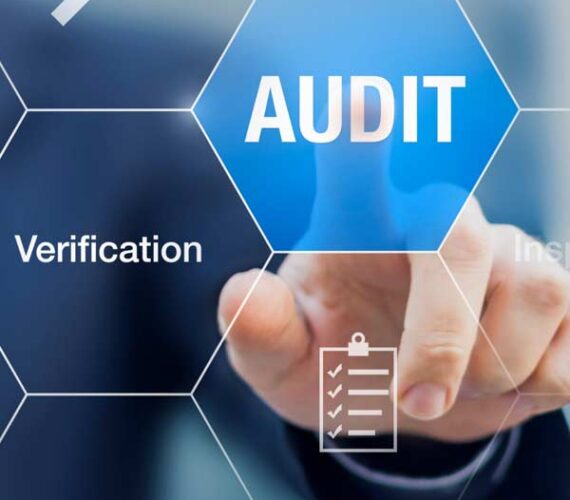
A compliance audit is a systematic examination of an organization’s adherence to regulatory guidelines, industry standards, and internal policies and procedures. The purpose of such audits is to ensure that the organization operates in a lawful and ethical manner. Here’s an overview of compliance audits:
- Definition and Purpose:
- A compliance audit is a comprehensive review of an organization’s operations, processes, and activities to assess its conformity with applicable laws, regulations, and internal policies.
- The primary purpose is to identify areas of non-compliance, assess the effectiveness of internal controls, and recommend corrective actions.
- Regulatory Framework:
- Compliance audits focus on various regulatory frameworks, depending on the industry and location. Examples include financial regulations, environmental laws, data protection regulations, labor laws, and industry-specific standards.
- Scope and Objectives:
- Define the scope and objectives of the audit, outlining the specific regulations, policies, and processes that will be examined.
- Objectives often include evaluating the effectiveness of internal controls, identifying gaps in compliance, and recommending improvements.
- Audit Planning:
- Develop a detailed audit plan that includes the audit scope, objectives, methodology, and a timeline.
- Identify key stakeholders, resources needed, and potential risks.
- Documentation Review:
- Examine relevant documents, records, policies, and procedures to assess compliance.
- Verify that documentation is up-to-date, accurate, and aligns with applicable regulations.
- Interviews and Observation:
- Conduct interviews with key personnel to gain insights into processes and practices.
- Observe operations and activities to assess real-time compliance.
- Testing and Sampling:
- Use testing and sampling techniques to assess the effectiveness of internal controls.
- Evaluate a representative sample of transactions, processes, or documents to draw conclusions about overall compliance.
- Findings and Analysis:
- Document and analyze audit findings, highlighting areas of non-compliance or weaknesses in internal controls.
- Classify findings based on severity and potential impact on the organization.
- Recommendations:
- Provide recommendations for corrective actions to address identified issues.
- Suggestions may include process improvements, policy revisions, or additional training for employees.
- Audit Report:
- Prepare a comprehensive audit report summarizing the audit process, findings, and recommendations.
- Share the report with relevant stakeholders, including management, to facilitate corrective action planning.
- Follow-up and Monitoring:
- Monitor the implementation of recommended corrective actions.
- Conduct follow-up audits to ensure that the organization has addressed identified issues and achieved compliance.
Compliance audits play a crucial role in risk management, helping organizations identify and rectify non-compliance issues before they escalate. By regularly conducting these audits, businesses can demonstrate their commitment to ethical practices, legal compliance, and the protection of stakeholders’ interests.
